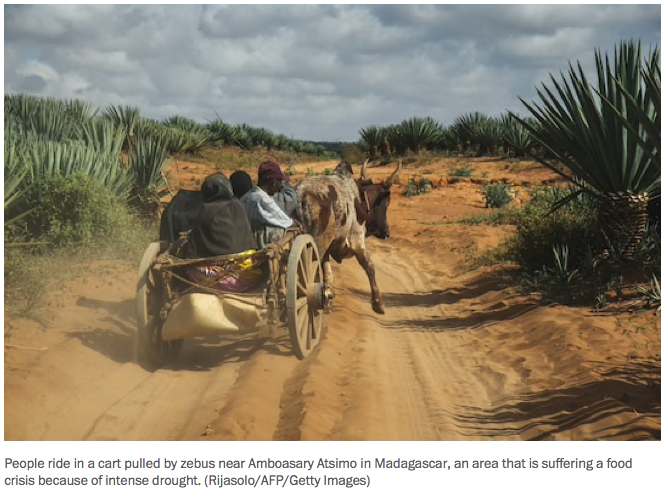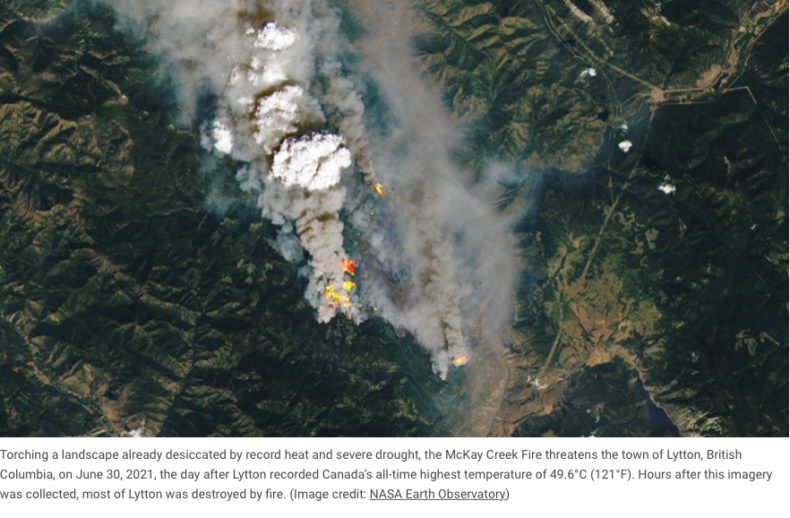The analysis also showed that human-caused warming played a major role in making the current drought so extreme.
There would have been a drought regardless of climate change, Dr. Williams said. “But its severity would have been only about 60 percent of what it was.”
Julie Cole, a climate scientist at the University of Michigan who was not involved in the research, said that while the findings were not surprising, “the study just makes clear how unusual the current conditions are.”





